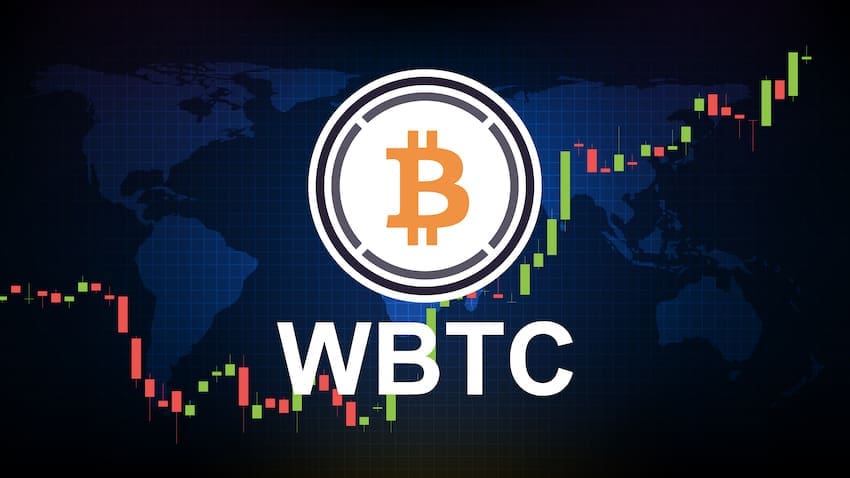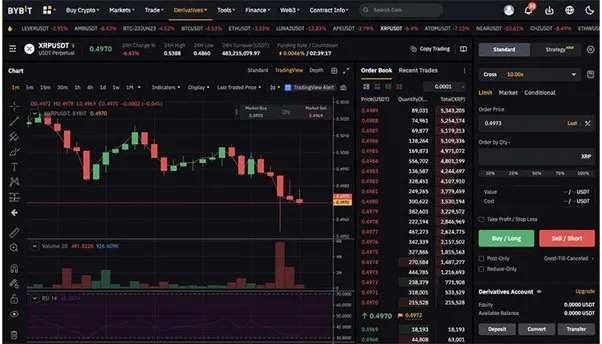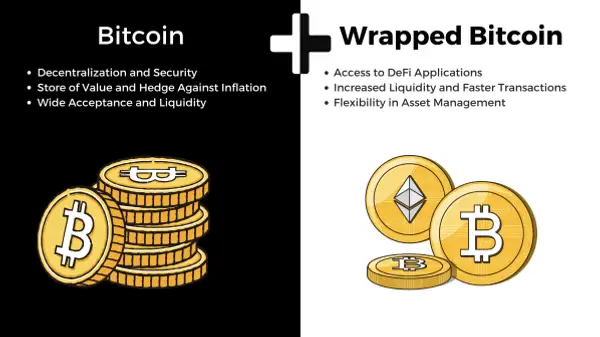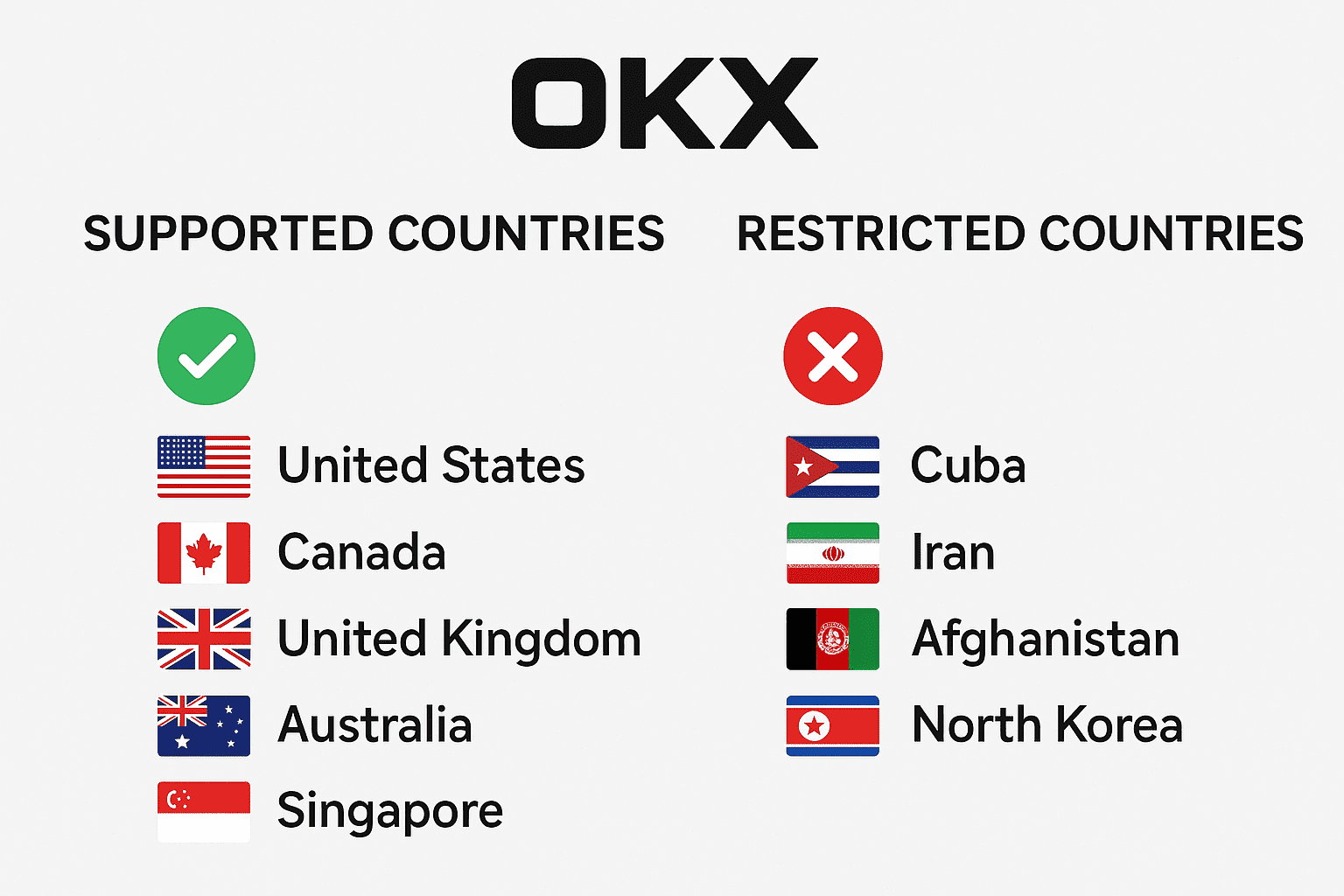In this Post I’ll explain the differences between Wrapped Bitcoin and Bitcoin. Bitcoin is the first cryptocurrency and is valued for its security and worth.
Wrapped Bitcoin is an ERC-20 token on the Ethereum blockchain and integrates Bitcoin into the decentralized finance world.
I’ll examine how each works, their distinct characteristics, and the situations in which one may be more beneficial.
Overview
Since 2009 Bitcoin (BTC) has been the first and most popular cryptocurrency. Because Bitcoin is viewed as the most popular digital asset and the most recognized cryptocurrency, it is most valued for its decentralization, scarcity and store of value attributes.
Wrapped Bitcoin (WBTC) is a variation of Bitcoin that was created with the rise of decentralized finance (DeFi) on Ethereum. Although WBTC and BTC both represent Bitcoins value, they have different use cases in the crypto world.
What is Bitcoin?
Bitcoin is a decentralized digital currency that operates on its own blockchain and allows for peer to peer transactions without the use of a bank or payment processor.
Because of the close of 21 million coins that will ever exist, Bitcoin is also a popular asset as a hedge against inflation and for long-term investment.

Bitcoin transactions take place within a Proof of Work (PoW) framework and will require a miner to add a block in the blockchain to solve a complex mathematical problem.
This framework does secure the network, but it will also slow transaction times and increase costs. This is however, not the case with most new blockchains.
What is Wrapped Bitcoin?
Wrapped Bitcoin (WBTC) is one of the ERC-20 tokens on the Ethreum blockchain. Each WBTC is redeemable for one Bitcoin. For every WBTC that is minted, there is one Bitcoin in custody.
WBTC is specifically designed for Bitcoin holders to engage with the Ethreum network, for example, Bitcoin holders can engage with Ethreum DeFi, lend , and DEXs.

These Bitcoin holders can convert their BTC and engage with Smart contracts on Ethreum blockchain, and still retain their Bitcoin.
Key Differences Between BTC and WBTC
| Feature | Bitcoin (BTC) | Wrapped Bitcoin (WBTC) |
|---|---|---|
| Blockchain | Bitcoin blockchain | Ethereum blockchain (ERC-20 token) |
| Decentralization | Fully decentralized; users control private keys | Partially centralized; relies on custodians to hold BTC |
| Transaction Speed | Slower, 10–60 minutes depending on network congestion | Faster, depends on Ethereum network; usually seconds to minutes |
| Transaction Fees | Higher during congestion; paid in BTC | Generally lower and paid in ETH (Ethereum gas fees) |
| Primary Use Case | Store of value, investment, peer-to-peer transactions | DeFi applications, lending, borrowing, liquidity provision |
| Security | Secured by Bitcoin’s Proof-of-Work network | Secured by Ethereum network plus trust in custodian |
| Smart Contract Compatibility | Not compatible | Fully compatible with Ethereum smart contracts |
| Market Liquidity | Very high; widely accepted on exchanges | Moderate; growing rapidly in DeFi platforms |
| Counterparty Risk | Minimal; user controls private keys | Exists; relies on custodian to maintain 1:1 BTC backing |
| Price Peg | Native value | Pegged 1:1 to Bitcoin’s value |
Use Cases and Applications
Most users utilize Bitcoin for speculative investments, and it is mostly considered a store of value, and it is simple design makes it less suited for more complicated financial uses.
On the contrary, WBTC presents some opportunities in the Defi world. It is possible to lend WBTC to users on Aave or Compound, earn interest, supply liquidity on a decentralized exchange, and use it in a number of different ways as collateral for other financial instruments.
WBTC effectively connects Bitcoin and Ethereum, as it combines the value of Bitcoin with the functionality of Ethereum.
Risks and Considerations
These two assets track the price of Bitcoin, but they have different risks. Bitcoin’s risks primarily include market volatility and the security of personal wallets.
Besides market volatility, WBTC has the additional risks of the custodians, smart contract risks, and the congestion of Ethereum. Those investing in WBTC and using it for DeFi really need to consider these risks.
Liquidity and Adoption
Out of all crypto-assets, Bitcoin has the most widespread adoption and liquidity. It dominates over the other crypto-assets with institutional, payments, and exchange adoption.
Bitcoin’s farmed variant, WBTC, is growing the least out of all defi assets and has its utility locked into the Ethereum ecosystem.

WBTC is, however, most important in Ethereum defi as it unlocks billions of Bitcoin liquidity that is otherwise trapped outside of defi and Ethereum based services.
How fast are transactions for BTC vs. WBTC?
Bitcoin operates on a blockchain which can lead to confirmation times of between 10 minutes to over an hour, particularly during network congestion.
Wrapped Bitcoin (WBTC) operates on the Ethereum blockchain as an ERC-20 token so it can take advantage of Ethereum’s faster transaction processing capabilities.
Therefore, the confirmation times for WBTC transactions are in the range of a few seconds to a few minutes, although it depends on the network activity and gas fees and is thus, more efficient in interactions at DeFi and smart contracts.
How Does WBTC manage wrapped crypto risks?
WBTC is managed by the WBTC DAO (decentralized autonomous organization), a structure built to minimize the risk of centralization.
WBTC DAO consists of 16 stakeholders, some of which are the most reputable names in the space, such as MakerDAO and Gnosis.

The DAO collaborates on decisions concerning the addition or removal of members and the modification of WBTC smart contracts.
Conclsuion
To sum up, Wrapped Bitcoin and Bitcoin have unique roles and functions within the crypto ecosystem. Bitcoin is still the original, fully decentralized digital asset.
It is perfect for long-term holding and asset security. Wrapped Bitcoin, on the contrary, allows BTC to operate within Ethereum’s DeFi ecosystem for quick and seamless smart contract interactions.
The decision for each individual primarily rests on their own priorities. Investment is in Bitcoin for security, participation is in Wrapped Bitcoin for active DeFi.
FAQ
Bitcoin is the original cryptocurrency, while WBTC is an Ethereum-based token backed 1:1 by BTC.
Yes, BTC can be converted to WBTC through authorized custodians.
WBTC allows BTC holders to access Ethereum DeFi apps like lending, borrowing, and trading.
Generally yes, but it carries extra risks due to custodians and smart contract reliance.
Yes, WBTC is pegged 1:1 to Bitcoin.













